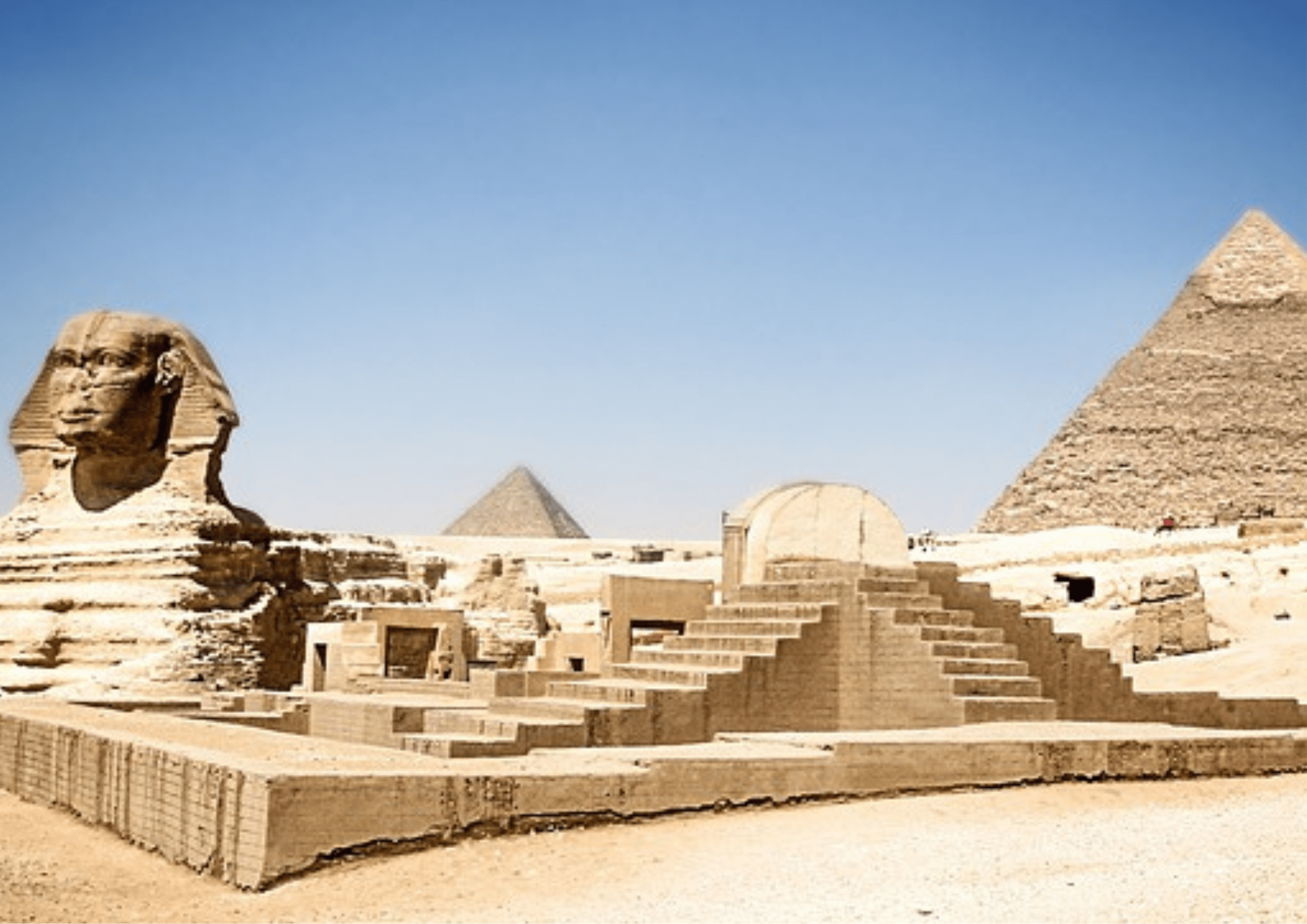Throughout the course of human history, there have been countless incredible feats of engineering and construction. These greatest projects not only showcase the ingenuity and skill of their builders but also serve as a testament to the indomitable spirit of humanity. This article aims to explore some of the most awe-inspiring projects ever undertaken, delving into their history, significance, and the challenges faced during their construction.
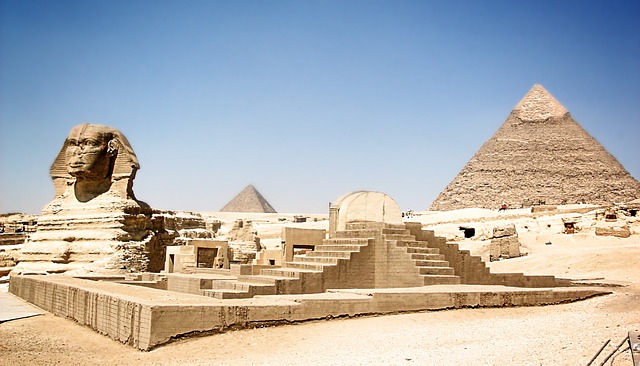
The Construction
One of the most recognizable and enduring images of ancient Egypt is the Great Pyramid of Giza. Constructed around 2560 BCE, it served as the tomb of the Pharaoh Khufu and is the largest of the three pyramids at Giza. The construction of this monumental structure took an estimated 20 years and required the labor of tens of thousands of workers.
The Significance
The Great Pyramid is the only remaining wonder of the Seven Wonders of the Ancient World, and for nearly 4,000 years, it was the tallest human-made structure in existence. The sheer scale of the pyramid – originally standing 147 meters (482 feet) tall and composed of over 2.3 million stone blocks – is a testament to the remarkable architectural and engineering skills of the ancient Egyptians.
2. The Great Wall of China
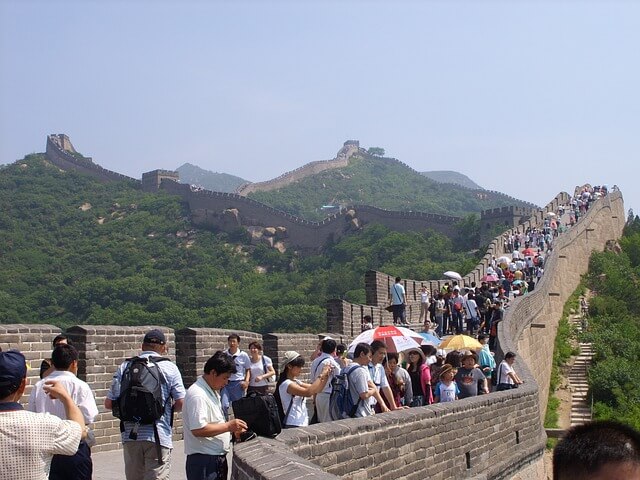
The Construction
The Great Wall of China is an enormous fortification system stretching over 13,170 miles (21,196 kilometers) across northern China. It was built in various stages and by different dynasties, with the most famous sections being constructed during the Ming Dynasty (1368-1644 CE). The wall was built using a variety of materials, including brick, tamped earth, wood, and stone.
The Significance
The Great Wall of China is not only one of the greatest projects in human history but also one of the most extensive and complex. Its main purpose was to protect the Chinese Empire from invasions by nomadic tribes and to serve as border control, allowing for the imposition of duties on goods transported along the Silk Road. Today, the wall stands as a powerful symbol of Chinese history and is a UNESCO World Heritage site.
3. The Suez Canal
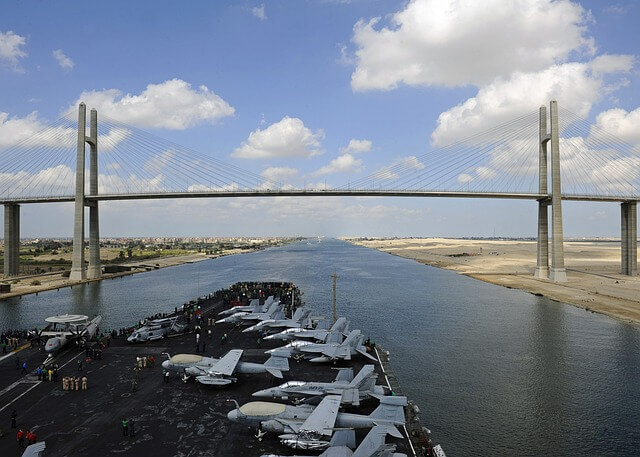
The Construction
The construction of the Suez Canal was a monumental task that took over a decade to complete. The project was initiated by the French diplomat Ferdinand de Lesseps in 1854 and was completed in 1869. Stretching 120 miles (193 kilometers) through Egypt, the canal connects the Mediterranean Sea to the Red Sea, allowing ships to bypass the lengthy and dangerous journey around Africa.
The Significance
The Suez Canal is one of the most strategically important waterways in the world, as it significantly reduces the travel time between Europe and Asia. Its construction was a remarkable feat of engineering, involving the excavation of approximately 74 million cubic meters of earth. Today, the canal is a vital artery for global trade, with around 12% of the world’s shipping traffic passing through it each year.
4. The Panama Canal
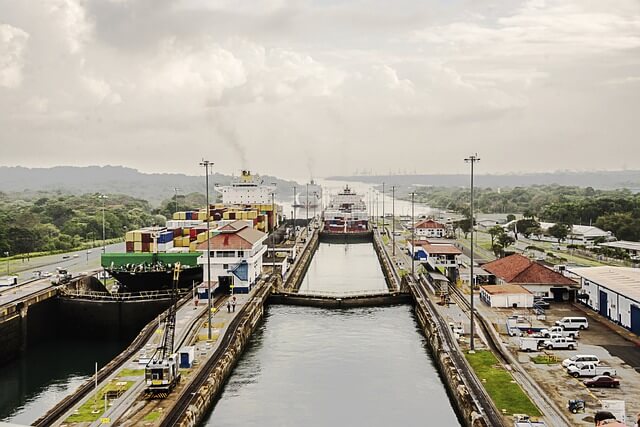
The Construction
The Panama Canal is another impressive engineering marvel that took over 30 years to complete. The project began in 1904, under the direction of the United States, and was finally completed in 1914. The canal stretches 50 miles (80 kilometers) across the Isthmus of Panama, connecting the Atlantic and Pacific Oceans.
The Significance
Like the Suez Canal, the Panama Canal has had a profound impact on global trade and transportation. The canal allows ships to bypass the treacherous journey around the southern tip of South America, reducing the travel time between the Atlantic and Pacific by approximately 8,000 miles (12,875 kilometers). It is an essential waterway for international trade, with over 14,000 vessels passing through it each year.
5. Rome's Historic Stadiums
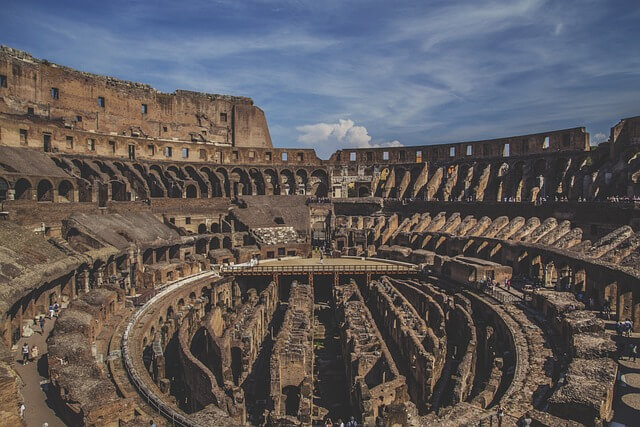
The Construction
Ancient Rome was home to several impressive stadiums, including the Colosseum and the Circus Maximus. The Colosseum, completed in 80 CE, was the largest amphitheater in the Roman Empire, with a seating capacity of over 50,000 spectators. The Circus Maximus, built around 500 BCE, was a massive chariot-racing stadium that could hold up to 250,000 spectators.
The Significance
The construction of Rome’s historic stadiums showcased the engineering prowess of the ancient Romans and served as important venues for public events. The Colosseum, in particular, is an enduring symbol of the Roman Empire and has been immortalized in countless works of art and literature. Today, these stadiums are popular tourist attractions and remain important cultural landmarks.
6. Petra
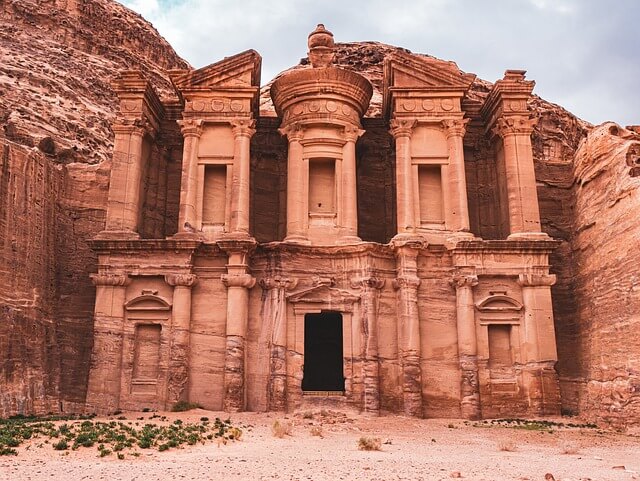
The Construction
Petra, an ancient city located in modern-day Jordan, is famous for its stunning rock-cut architecture. The city was established as the capital of the Nabataean Kingdom around the 4th century BCE and was later annexed by the Roman Empire. Petra’s most iconic structure is the Treasury, a magnificent temple carved into the sandstone cliffs, which is believed to have been constructed in the 1st century CE.
The Significance
Petra is one of the greatest projects built by humans due to its unique and awe-inspiring architecture. The city’s rock-cut buildings showcase the advanced engineering capabilities of the ancient Nabataeans and their ability to create complex structures within challenging environments. Today, Petra is a UNESCO World Heritage site and a popular tourist destination, attracting visitors from around the world.
7. International Space Station

The Construction
The International Space Station (ISS) is a habitable artificial satellite that orbits Earth at an altitude of approximately 250 miles (400 kilometers). Its construction began in 1998 and involved the collaboration of numerous countries, including the United States, Russia, Canada, Japan, and several European nations. The ISS is composed of various interconnected modules, which were assembled in space over several years.
The Significance
The ISS is one of the most ambitious and complex engineering projects in history, serving as a testament to the power of international cooperation and human ingenuity. The space station functions as a research laboratory, allowing scientists to conduct experiments in microgravity conditions and study the long-term effects of space travel on the human body. It also serves as a symbol of human exploration and our ongoing quest to understand the universe.
Conclusion
The greatest projects built by humans throughout history demonstrate our incredible capacity for innovation, creativity, and perseverance. These awe-inspiring structures, from the ancient pyramids to the modern space station, showcase our ability to overcome challenges and push the boundaries of what is possible. As we continue to advance and evolve, it is essential to remember and celebrate these achievements, as they serve as a testament to the indomitable spirit and potential of humanity.
Read More :
- Unleashing the Secrets of Tardigrades: The Toughest Creatures on Earth
- The Most Dangerous Type of Dog: Try to Avoid It
- Who is the deadliest creature, the cobra or the eagle?
- The most deadly creatures for humans : Reviews
- The Most Expensive Liquid In The World : Top 7 liquids and their sources
- April 1, 2023 Highlights10 notable world events!
- Black Holes | Definition, Exploration, Components & Place in our galax !
- Lady Gaga : A story about her artistic career
- How do we protect the oceans from pollution?
- Tom Brady has this time definitely drawn a line under his career as a professional player.
- BEYONCE RENAISSANCE WORLD TOUR 2023 : EUROPE,UK AND NORTH AMERICA
- Netflix password sharing: How will Netflix end password sharing?
- FASHION WATCHES |WHICH BRAND IS BEST FOR LADIES-MENS WATCH ?
- Do you know the monster Amazon markets?
- Elon Musk defends large layoffs at Twitter, Some have described it as illegal !!!
- The Seven Best Ways to Get Rich : Steps towards success
- Hocus Pocus 2
- Top 10 Universities in the United Kingdom : International Rankings 2022
- The best universities to study engineering for free in Germany!
- Top 10 Universities in the US for 2022 with Tuition Fees!
- Queen Elizabeth II, the ruler who offered stability to a nation going through change
- John Travolta pays homage to Olivia Newton-John by saying, I’ve been yours’since the minute I saw you!
- The NASA space telescope produces amazing images !
- Elon Musk | The richest man of the 21st century, an account of his personal, professional life & the outcome of his wealth !
- Elon Musk wants to cancel the Twitter purchase deal for many reasons !
- Thor: Love and Thunder aims to startle the theatrical sector, which is recovering.
- Sad ending to Shinzo Abe on Friday 7/8/2022
- The 7 Most Dangerous Creatures In The World!!
- 2023 Latest: A Deep Dive into the Most Celebrated Music Competition in the World
- The Greatest Projects Built by Humans Throughout History

